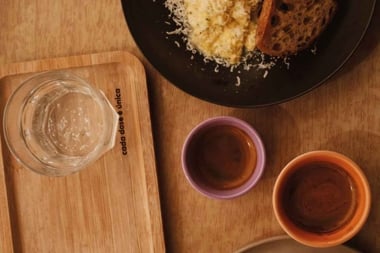Life in the Great Indoors

Winter can be a challenging time for the plants in our homes. Dry air, temperature fluctuations, and reduced lighting send some indoor plants into a state of semi-dormancy. Others thrive in winterâ??s feeble light, adding vibrancy to the indoor landscape while purifying the air in our homes.
Winter can be a challenging time for the plants in our homes. Dry air, temperature fluctuations, and reduced lighting send some indoor plants into a state of semi-dormancy. Others thrive in winter’s feeble light, adding vibrancy to the indoor landscape while purifying the air in our homes.
The success of your winter oasis can be assured by selecting plants that can survive in low lighting conditions. Foliage plants are a popular choice for many indoor gardeners, as they tend to have low lighting requirements. While more demure than flashy flowering species, foliage plants add simple, stately beauty to your indoor d?r.
Low-Light Lovers
Dry, dim winters indoors are ideal for Sansevieria trifasciata, commonly known as snake plant or mother-in-law’s tongue. This elegant African species prefers minimal lighting and well-drained soil, meeting its demise most commonly through well-intentioned over-watering. Described as “indestructible” by some growers, snake plants virtually thrive on neglect, making it an excellent plant for new indoor gardeners and green thumbs alike.
The peace lily (Spathiphyllum sp.) is another must-have for your indoor winter garden. Although they prefer more moisture than snake plants, peace lilies are easy to grow and tolerant of low lighting. While most flowering species take a self-imposed hiatus over the colder months, the “closet plant,” as it is known, is unfazed by the limited daylight of winter and blooms year-round. Its sail-like white flowers contrast beautifully with its glossy green foliage, making the peace lily an attractive addition to your home.
Good Sports
Some plants may not thrive in the winter but nevertheless do relatively well. The African violet (Saintpaulia ionantha) is a particularly good sport throughout the winter months. Although these velvet beauties prefer bright, indirect light, they are quite content under balanced artificial lighting and in the gentle sunlight of winter days. New gardeners will find African violets to be both forgiving and rewarding, although they do require a bit more care and attention than other species.
The familiar spider plant (Chlorophytum comosum “Vittatum”) is another reliable choice for the indoor winter gardener. Lower light conditions are an integral part of this plant’s reproduction–winter’s approach triggers the spider plant to launch plantlets from its base, sending them cascading downwards on willowy shoots. Direct sunlight will burn the tender striped leaves of this plant, so it will be quite content next to a window, in a hanging basket.
A study by NASA scientists found that these plants should be valued for more than their beauty alone; they also function as silent air purifiers, absorbing some of the formaldehyde, benzene, and other toxins that are off-gassed from the carpeting and furniture in our homes. As indoor air quality is of particular importance during our winter hibernation, house plants with toxin-absorbing abilities deserve to rank highly on your list of indispensable indoor plants.
While winter may be a time of challenge for some plants, others thrive in the growing conditions that it brings. Choose your plants according to the opportunities of the season to create a lush winter garden in your home.





